Microsoft Power Platform Functional Consultant PL200 Overview
Microsoft Power Platform Functional Consultant PL200 Course Outline
Within this Microsoft training course, you will learn the following modules:
Module 1: Describe the Business Value of the Microsoft Power Platform
- Introduction
- Explore Microsoft Power Platform
- Describe the Business Value of the Power Platform
- Explore Connectors and Microsoft Dataverse
- Describe How Power Platform Works with Microsoft 365 Apps and Services
- Explore How Power Platform Works with Microsoft Teams
- Describe How Power Platform Works with Microsoft Dynamics 365 Apps
- Describe How Power Platform Solutions Consume Microsoft Azure Services
- Explore How Microsoft Power Platform Apps Work Together
Module 2: Get Started with Power Pages
- Introduction to Power Pages
- Get Started with Power Pages
- Core Tools and Components of Power Pages
- Overview of Power Pages Security
- Overview of Power Pages Extensibility
Module 3: Create and Use Analytics Reports with Power BI
- Introduction
- Use Power BI
- Building Blocks of Power BI
- Tour and Use the Power BI Service
Module 4: Manage Workspaces and Datasets in Power BI
- Introduction
- Distribute a Report or Dashboard
- Monitor Usage and Performance
- Recommend a Development Life Cycle Strategy
- Troubleshoot Data by Viewing its Lineage
- Configure Data Protection
Module 5: Create Tables in Dataverse
- Introduction to Microsoft Dataverse
- Table Characteristics
- Exercise - Create a Microsoft Dataverse Table
- Exercise - Import Data into your Microsoft Dataverse Database
- Table Relationships
- Exercise - Create Table Relationships
- Dataverse Logic and Security
- Exercise - Create a Custom Table and Import Data
- Dataverse Auditing
- Dual-Write Vs. Virtual Tables
Module 6: Manage Tables in Dataverse
- Identify Tables and Table Types in Dataverse
- Create a Custom Table
- Enable Attachments Within a Table
- Licensing Requirements for Each Table Type
- Lab - Create a New Custom Table and Enable Attachments
Module 7: Create and Manage Columns within a Table in Dataverse
- Define Columns in Microsoft Dataverse
- Column Types in Microsoft Dataverse
- Add a Column to a Table
- Create a Primary Name Column
- Restrictions That Apply to Columns in a Table
- Create an Auto Numbering Column
- Create an Alternate Key
- Exercises
Module 8: Create a Relationship Between Tables in Dataverse
- Relate One or More Tables - Introduction
- Relationship Types That are Available in Microsoft Dataverse
- Create a One-To-Many Relationship Between Tables
- Create a Many-To-Many Relationship Between Tables
- Edit or Delete Relationships
- Exercise - Create Two Tables and Relate Them by Using a One-To-Many Relationship
Module 9: Working with Choices in Dataverse
- Define Choice Column
- Standard Choices Column
- Lab - Create a New Choice or Modify an Existing Choice
Module 10: Get Started with Security Roles in Dataverse
- Introduction to Environment Roles
- Understand Environment Roles
- Adding or Disabling an Environment User
- Understand Security Concepts in Dataverse
- Understand User Security Roles and Security Role Defaults
- Exercise - Create A Custom Role
- Check the Roles That a User Belongs To
- Configure Dataverse Teams for Security
- Configure Dataverse Group Teams for Security
Module 11: Use Administration Options for Dataverse
- Introduction to Microsoft Power Platform Admin Center Portal
- Use Microsoft Power Platform Admin Center Portal
- Tenant Storage Capacity
- Advanced Customisation Options in Power Apps Portal
- Enable and Disable Auditing
Module 12: Manage Dynamics 365 Model-driven App Settings and Security
- Introduction
- Configure Role-Based Security
- Manage Teams and Business Units
- Explore Settings and Customisations
- Knowledge Check
- Exercise - Create A New Security Role
Module 13: Introduction to Microsoft Power Platform Security and Governance
- Introduction
- Identify Microsoft Power Platform Environments
- Data Loss Prevention Policies
- Microsoft Power Platform Center of Excellence Starter Kit
- Exercise - Create a Power Platform Environment
Module 14: Get Started with Model-driven Apps in Power Apps
- Introducing Model-Driven Apps
- Components of Model-Driven Apps
- Design Model-Driven Apps
- Exercise
- Exercise - Control Security When Sharing Model-Driven Apps
- Exercise - Create a Model-Driven App
Module 15: Configure Forms, Charts, and Dashboards in Model-driven Apps
- Forms Overview
- Form Elements
- Configure Multiple Forms
- Use Specialised Form Components
- Configure Views Overview
- Configure Grids
- Create and Edit Views
- Configure Charts Overview
- Dashboards Overview
- Use Interactive Streams and Tiles
Module 16: Get Started with Power Apps Canvas Apps
- Introduction to Power Apps
- Power Apps Building Blocks
- Exercise - Create Your First App in Power Apps
- Ways to Build Power Apps
- Power Apps Related Technologies
- Additional Power Apps Related Technologies
- Designing a Power Apps App
Module 17: Connect to Other Data in a Power Apps Canvas App
- Overview of the Different Data Sources
- Work with Action-Based Data Sources
- Power Automate is a Companion to Power Apps
Module 18: How to Build the UI in a Canvas App in Power Apps
- Use Themes to Quickly Change the Appearance of your App
- Branding a Control
- Icons
- Images
- Personalisation
- Using the Tablet or Phone Form Factors
- Exercise - Create UI for a New Canvas App
Module 19: Manage Apps in Power Apps
- Exercise - Manage App Versions in Power Apps
- Exercise - Share Apps in Power Apps
- Exercise - Understand Environments in Power Apps
- Power Apps Review
Module 20: Build your First App with Power Apps and Dataverse for Teams
- Introduction
- Create your First App with the Hero Template
- Customise your App with Power Apps Studio
- Publish your App
- Install Template Apps
Module 21: Access Dataverse in Power Pages Websites
- Introduction
- Use Lists to Display Multiple Dataverse Records
- Use Forms to Interact with Dataverse Data
- Exercise - Use the List and Form Components
Module 22: Authentication and User Management in Power Pages
- Introduction
- Power Pages Authentication Settings
- User Registration in Power Pages
- Authentication Management for Power Pages Users
- Power Pages Authentication Providers
- Exercise - Use an Invitation to Register Users
Module 23: Power Pages Maintenance and Troubleshooting
- Introduction
- Power Pages Website Maintenance
- Power Pages Website Troubleshooting
- Exercise - Run the Portal Checker
Module 24: Define and Create Business Rules in Dataverse
- Define Business Rules - Introduction
- Define the Components of a Business Rule
- Create a Business Rule
- Exercise - Create a Business Rule
Module 25: Get Started with Power Automate
- Introducing Power Automate
- Exercise - Create Your First Flow
- Exercise - Create Recurring Flows
- Exercise - Monitor Incoming Emails
- Exercise - Share Flows
- Troubleshoot Flows
Module 26: Use the Admin Center to Manage Environments and Data Policies in Power Automate
- Administer Flows
- Export and Import Flows
- Learn How to Distribute Button Flow
Module 27: Use Dataverse Triggers and Actions in Power Automate
- Introduction
- Dataverse Triggers
- Use Triggers
- Work with Dataverse Actions
Module 28: Extend Dataverse with Powee Automate
- Introduction
- Set Up a Flow and Configure its Trigger
- Email Dataverse Record
- Add To-Do Items
- Test and Run your Flow
Module 29: Introduction to Expressions in Power Automate
- Introduction to Expressions
- Get Started with Expressions
- Notes Make Things Easier
- Types of Functions
- Write Complex Expressions
- Exercise - Creating a Manual Flow and Using Expressions
Module 30: Build your First Power Automate for Desktop Flow
- Introduction
- Set Up the Environment
- Explore Power Automate for Desktop
- Create Your First Power Automate for Desktop Flow
- Record Power Automate for Desktop Actions
- Edit and Test Recorded Actions
Module 31: Run a Power Automate for Desktop Flow in Unattended Mode
- Introduction
- Set Up an Unattended Desktop Flow
- Create a New Cloud Flow That Calls an Existing Flow in Unattended Mode
- Perform a Test Run
- Best Practices
Module 32: Optimise your Business Process with Process Advisor
- Introduction
- Get Familiar with Process Advisor
- Create Your First Recording
- Edit Recordings and Group Actions
- Analyse Recordings and Interpret Results
- Automation Recommendations
Module 33: Get Started with Power Virtual Agents Bots
- Introduction
- Get Started Working with Environments
- Create Bots and Work with the Power Virtual Agents Interface
- Create Topics
- Test Bots
- Publish Bots and Analyse Performance
- Exercise - Build your First Chatbot
Module 34: Enhanced Power Virtual Agents Bots
- Introduction
- Use Power Automate to Add Actions
- Transfer Conversations to Agents by Using Omnichannel for Customer Service
- Create Topics for Existing Support Content
- Analyse Bot Performance
Module 35: Manage Topics in Power Virtual Agents
- Introduction
- Work with Bot Topics
- Branch a Topic
- System Topics
- Create Topics for Existing Support Content
- Work with System Fallback Topics
- Manage Topics
Module 36: Manage Power Virtual Agents
- Introduction
- Environments in Power Virtual Agents
- Bot Topics Permissions
- Bot Entities and Flow Permissions
- Monitor and Diagnose
- Administer and Manage
- Export and Import Bots
- Authentication
Module 37: Get Started Building with Power BI
- Introduction
- Use Power BI
- Building Blocks of Power BI
- Tour and Use the Power BI Service
Module 38: Get Data with Power BI Desktop
- Overview of Power BI Desktop
- Explore Power BI Desktop
- Connect to Data Sources
- Get Data from Excel
- Transform Data to Include in a Report
- Combine Data from Multiple Sources
- Clean Data to Include in a Report
Module 39: Model Data in Power BI
- Introduction to Modeling your Data
- How to Manage your Data Relationships
- Create Calculated Columns
- Optimise Data Models
- Create Measures
- Create Calculated Tables
- Explore Time-Based Data
Module 40: Use Visuals in Power BI
- Introduction to Visuals in Power BI
- Create and Customise Simple Visualisations
- Create Slicers
- Map Visualisations
- Matrices and Tables
- Create Scatter, Waterfall, and Funnel Charts
- Modify Colors in Charts and Visuals
- Page Layout and Formatting
Module 41: Explore Data in Power BI
- Introduction to the Power BI Service
- Quick Insights in Power BI
- Create and Configure A Dashboard
- Ask Questions of your Data with Natural Language
- Create Custom Q&A Suggestions
- Share Dashboards with your Organisation
- Display Visuals and Tiles in Full Screen
- Edit Tile Details and Add Widgets
- Get More Space on Your Dashboard
Module 42: Publish and Share in Power BI
- Introduction to Using Workspaces
- Publish Power BI Desktop Reports
- Print and Export Dashboards and Reports
- Introducing Power BI Mobile
- Create Workspaces in Power BI
- Build Apps
- Use Apps
- Integrate Onedrive for Business with Power BI
- Publish to Web
Module 43: Manage Solutions in Power Apps and Power Automate
- Introduction
- Add and Remove Apps, Flows, And Entities in a Solution
- Edit a Solution-Aware App, Flow, And Table
- Exercise - Import and Export Solutions
- Build and Deploy a Complex Solution with Flows, Apps, and Entities
- Automate Solution Management
Module 44: Load/Export Data and Create and Data Views in Dataverse
- View Data in a Table
- Create or Edit Views of Data in a Table
- Load Data into a Table
- Export Data from a Table
- Add, Update, or Delete Data in a Table by Using Excel
- Import Data Using Power Query
- Generate a New Dataflow from an Excel Template
- Dataflow and Azure Integration
Module 45: Get Started with AI Builder
- Introduction to AI Builder
- Choose an AI Capability
- Create your First Model
- Ways to Use Your Models
Module 46: Manage Models in AI Builder
- Model Lifecycle
- Manage Model Versions
- Share your Models
Module 47: Use AI Builder in Power Automate
- Introduction to AI Builder Usage in Power Automate
- AI Builder in Power Automate Saves Time
- Exercise - Use AI Builder Actions in Power Automate
- Advanced Usage of AI Builder in Power Automate
Module 48: Functional Consultant Skills
- Introduction
- Create Entity Relationship Diagrams
- Create and Document Mock-Ups
- Document Functional Requirements and Artifacts
- Complete Fit-Gap Analysis
- Discuss Stakeholder Management Responsibilities
- Understand Industry Accelerators
- Define Application Lifecycle Management
- Participate in Testing
- Evaluate Options
- Define Connectors
- Understand Power Apps Component Framework
Module 49: Solution Architect Series: Plan Application Lifecycle Management for Power Platform
- Introduction
- Key Considerations for ALM
- Solutions
- Configuration and Reference Data
- Release Process
- ALM With Azure Devops


Who should attend this Microsoft Power Platform Functional Consultant PL200 Course?
This Microsoft Power Platform Functional Consultant PL200 Course is a training course designed to equip professionals with the knowledge and skills required to utilise the Microsoft Power Platform to design and create solutions that enhance business processes and data insights. It can benefit a wide range of professionals, including:
- Functional Consultants
- Business Analysts
- Application Developers
- Data Analysts
- IT Professionals
- Project Managers
- Consultants
Prerequisites of the Microsoft Power Platform Functional Consultant PL200 Course
- Delegates must have experience in working as an IT professional or student
- A basic working knowledge of Microsoft Power Platform and it’s key components
- Knowledge of Microsoft Dataverse (or general data modelling) and security concepts
Microsoft Power Platform Functional Consultant PL200 Course Overview
Microsoft Power Platform empowers organizations to automate business processes, develop their own rich app experiences, and connect with customers better and faster. In this course, students will learn to perform discovery, capture requirements, engage subject matter experts and stakeholders, translate requirements, and configure Microsoft Power Platform solutions and apps. They will supplement their learnings with hands-on labs to create application enhancements, custom user experiences, system integrations, data conversions, custom process automation, and custom visualizations. Microsoft Power Platform is comprised of four key products: Power Apps, Power Automate, Power BI, and Power Virtual Agents. In this course, we will cover these four applications in depth, with additional focus on Microsoft Dataverse, AI Builder, connectors, and portals.
What will you gain from taking this Microsoft training course?
- Work with an organization to gather requirements and implement Microsoft Power Platform solutions.
- Build model-driven, canvas, and portal apps.
- Create Power Automate flows.
- Design a simple chatbot using Power Virtual Agents.
- Analyze data using Power BI visualizations and dashboards.


What’s included in this Microsoft Power Platform Functional Consultant PL200 Course?
- World-Class Training Sessions from Experienced Instructors
- Digital Delegate Pack


Why choose us
Ways to take this course
Experience live, interactive learning from home with The Knowledge Academy's Online Instructor-led Microsoft Power Platform Functional Consultant PL200. Engage directly with expert instructors, mirroring the classroom schedule for a comprehensive learning journey. Enjoy the convenience of virtual learning without compromising on the quality of interaction.
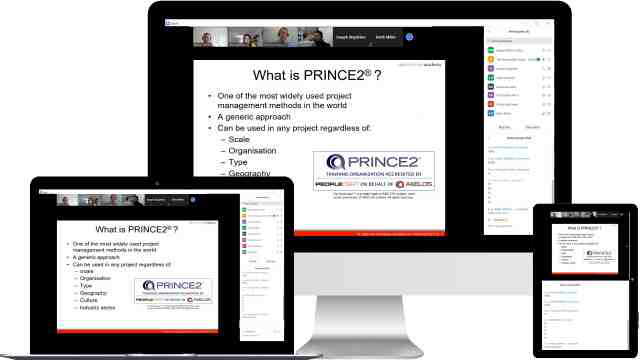
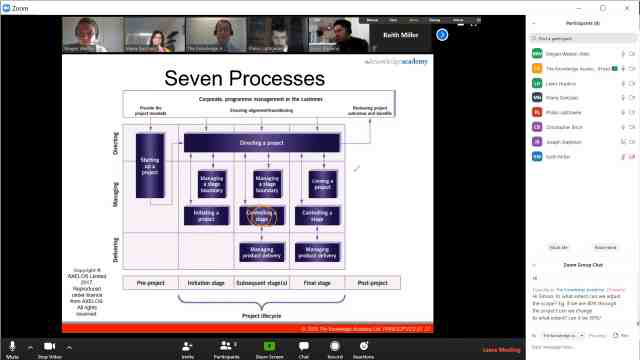
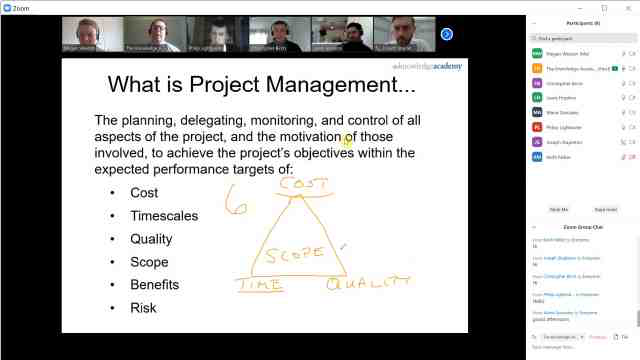
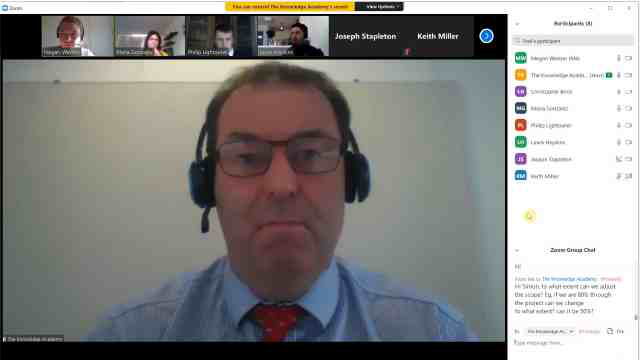
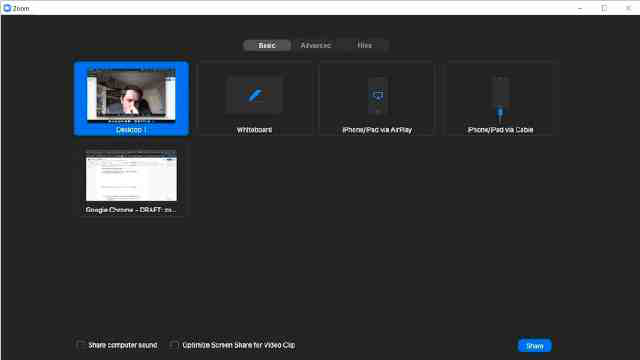
Unlock your potential with The Knowledge Academy's Microsoft Power Platform Functional Consultant PL200, accessible anytime, anywhere on any device. Enjoy 90 days of online course access, extendable upon request, and benefit from the support of our expert trainers. Elevate your skills at your own pace with our Online Self-paced sessions.
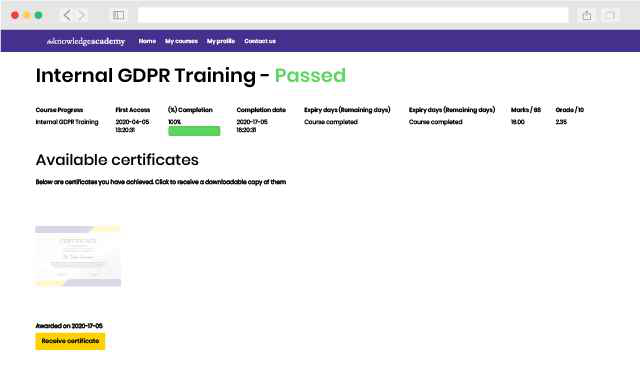
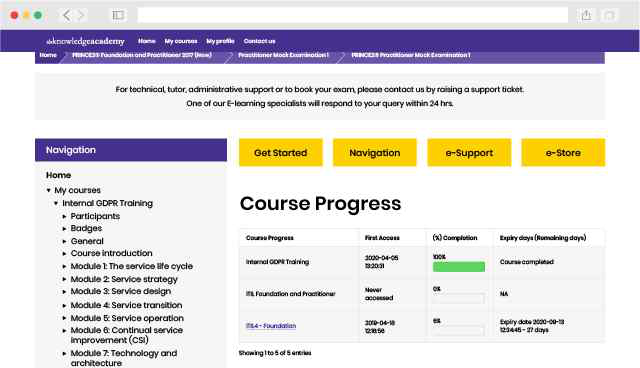
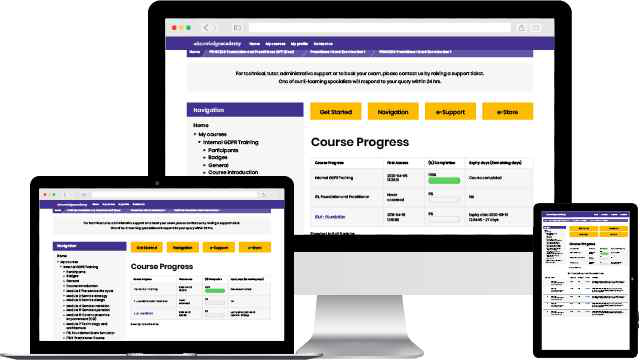
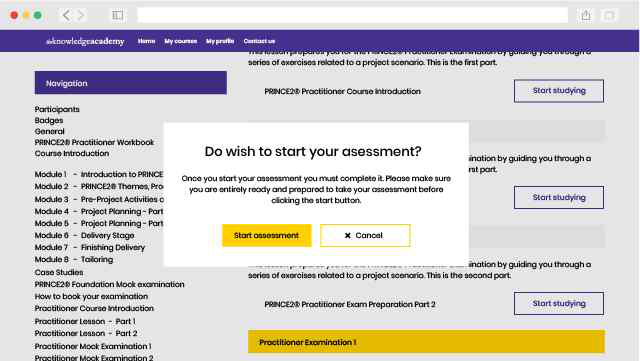
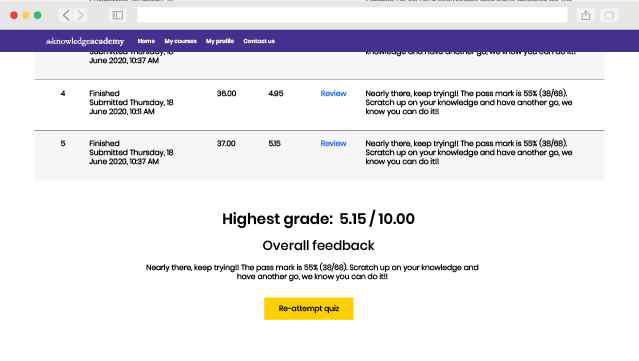
Experience the most sought-after learning style with The Knowledge Academy's Microsoft Power Platform Functional Consultant PL200. Available in 490+ locations across 190+ countries, our hand-picked Classroom venues offer an invaluable human touch. Immerse yourself in a comprehensive, interactive experience with our expert-led Microsoft Power Platform Functional Consultant PL200 sessions.

Highly experienced trainers
Boost your skills with our expert trainers, boasting 10+ years of real-world experience, ensuring an engaging and informative training experience

State of the art training venues
We only use the highest standard of learning facilities to make sure your experience is as comfortable and distraction-free as possible

Small class sizes
Our Classroom courses with limited class sizes foster discussions and provide a personalised, interactive learning environment

Great value for money
Achieve certification without breaking the bank. Find a lower price elsewhere? We'll match it to guarantee you the best value
Streamline large-scale training requirements with The Knowledge Academy’s In-house/Onsite Microsoft Power Platform Functional Consultant PL200 at your business premises. Experience expert-led classroom learning from the comfort of your workplace and engage professional development.

Tailored learning experience
Leverage benefits offered from a certification that fits your unique business or project needs

Maximise your training budget
Cut unnecessary costs and focus your entire budget on what really matters, the training.

Team building opportunity
Our Microsoft Power Platform Functional Consultant PL200 offers a unique chance for your team to bond and engage in discussions, enriching the learning experience beyond traditional classroom settings
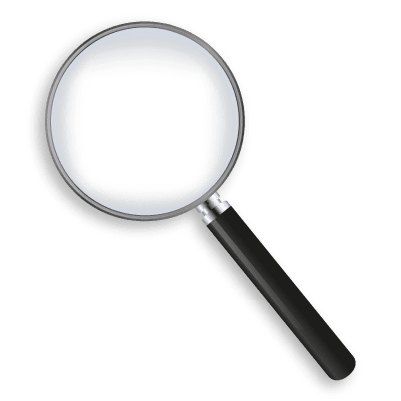
Monitor employees progress
The course know-how will help you track and evaluate your employees' progression and performance with relative ease
What our customers are saying
My trainer, Yash, was an absolute gem. She is extremely knowledgeable in the subject matter, very professional in her approach and a very calm and approachable person. Yash worked along with us in the Labs and encouraged us to work things out. If we truly got stuck she would take control and slowly walk through the solution encouraging us to identify where we went wrong and explaining why. Yash is a fantastic trainer one of the best I have had. I think she is a real asset to the Knowledge Academy.
Tony D Mcgregor
What an amazing difference the trainer makes. This is my second attempt to do the PL200 course having abandoned the previous attempt at the end of day one - a total disaster. Our trainer for this course (Bill Pritchard) was knowledgeable, time served experienced and, inspirational. I hope to be lucky enough to be taught by him in the future.
Gary Eden
Microsoft Power Platform Functional Consultant PL200 FAQs

Why choose us
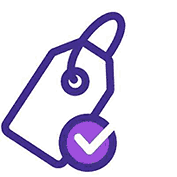
Best price in the industry
You won't find better value in the marketplace. If you do find a lower price, we will beat it.

Trusted & Approved
Microsoft Dynamics 365 Training

Many delivery methods
Flexible delivery methods are available depending on your learning style.

High quality resources
Resources are included for a comprehensive learning experience.




"Really good course and well organised. Trainer was great with a sense of humour - his experience allowed a free flowing course, structured to help you gain as much information & relevant experience whilst helping prepare you for the exam"
Joshua Davies, Thames Water



Looking for more information on Microsoft Dynamics 365 Training?
 Back to course information
Back to course information
Microsoft Dynamics 365 Sales Functional Consultant Associate
Save upto 40%Included courses:
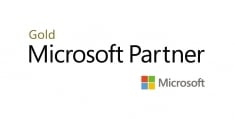

Total without package: $4990
Package price: $2995 (Save $1995)
Microsoft Dynamics 365 Marketing Functional Consultant Associate
Save upto 40%Included courses:


Total without package: $6390
Package price: $3795 (Save $2595)
Microsoft Dynamics 365 Field Service Functional Consultant Associate
Save upto 40%Included courses:


Total without package: $6390
Package price: $3795 (Save $2595)
Limited budget?
 If you miss out, enquire to get yourself on the waiting list for the next day!
If you miss out, enquire to get yourself on the waiting list for the next day!














 If you wish to make any changes to your course, please
If you wish to make any changes to your course, please

